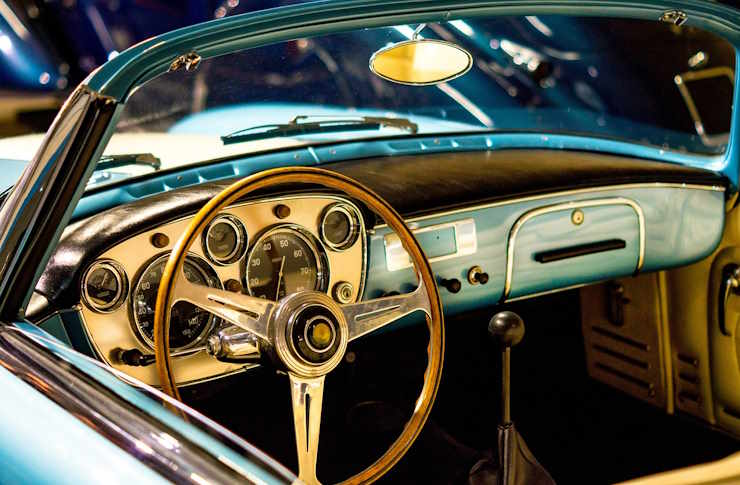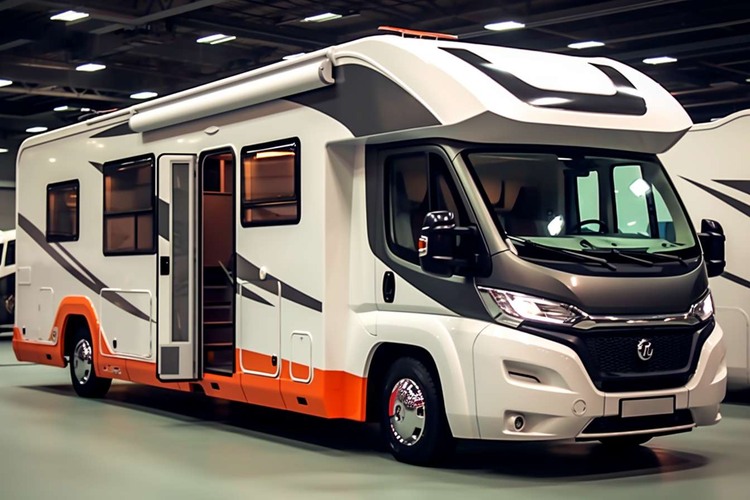The Intricate Dance of Differential Gears: A Deep Dive into the Heart of Vehicle Performance
Introduction: Imagine a car turning a corner. The inside wheel has a shorter path to travel compared to the outside wheel. The differential, an unsung hero in the automotive world, ensures each wheel spins at its own pace, enabling smooth turns and enhanced performance. Let's embark on a journey to understand the complex workings of differential gears.

The Genesis of Differential Gears
The origins of differential gears are traced back to the early 19th century, marking a seminal point in automotive history. Predating the automobile, the differential’s first known use was in clockmaking. As the car industry evolved, so did the differential, transitioning from a simple component into a complex mechanism crucial to vehicle performance.
The Heart of the Matter: Understanding Differential Gears
The differential, often overlooked, is an engineering marvel. Its function is simple, yet intricate. Located between the vehicle’s drive wheels, it distributes engine torque to the wheels. During a turn, the differential allows the wheels to rotate at different speeds, providing better control, reducing tire wear, and improving fuel efficiency.
Mechanisms Behind the Magic: Types of Differentials
Differentials have evolved into several types, each with distinct characteristics. The open differential is the most common, favored for its simplicity and efficiency. Limited-slip differentials, popular in performance cars, offer better traction in challenging conditions. The locking differential, usually found in off-road vehicles, provides maximum traction but sacrifices some manoeuvrability.
Challenges and Innovations in Differential Technology
Like any technology, differential gears face challenges. In some conditions, such as snow or mud, traditional differentials can struggle. This led to the development of the electronic limited-slip differential, using sensors and actuators to precisely control the differential’s action, optimizing performance on any surface.
The Future of Differentials in the Automotive Landscape
As the automotive landscape shifts, differentials too must adapt. With the rise of electric vehicles, differentials face new challenges and potential obsoleteness. However, they could play a crucial role in performance electric vehicles, combining traditional mechanical engineering with cutting-edge electronics to optimize performance and efficiency.
In conclusion, differential gears, though not often in the limelight, play a significant role in vehicle performance. From their humble beginnings to their potential future in performance electrics, differentials remain an essential part of our journey to a more efficient and performance-oriented automotive future.




